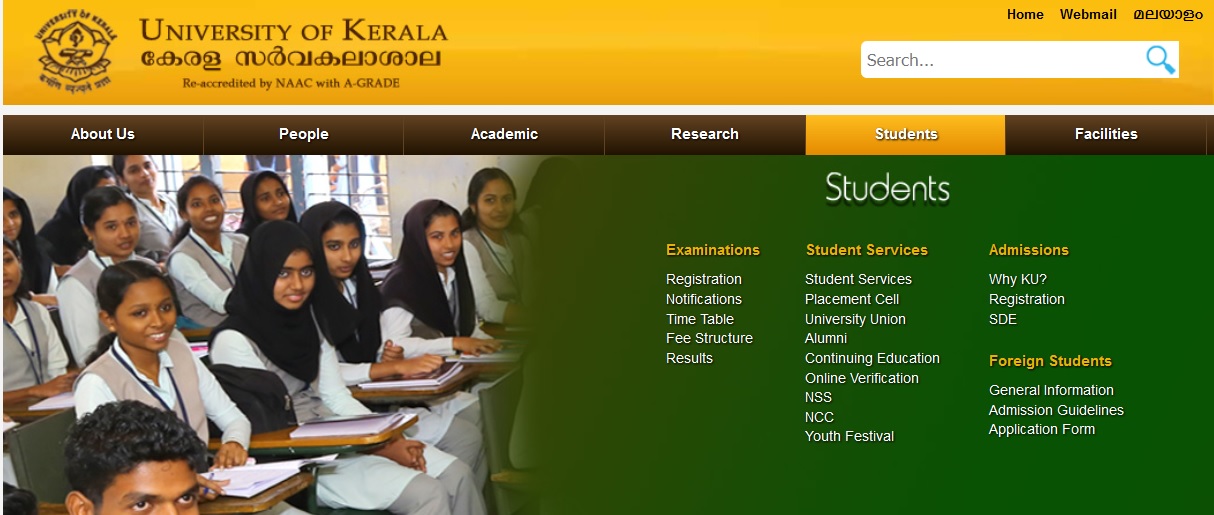keralauniversity.ac.in Refrigeration & Air Conditioning Model Question Paper : University of Kerala
Organisation : University of Kerala
Exam : B.Tech Degree Examination
Document Type : Model Question Paper
Category or Subject : Refrigeration & Air Conditioning
Year : November 2016
Website : http://www.keralauniversity.ac.in/downs
Download Question paper : https://www.pdfquestion.in/uploads/9741-refregration.pdf
Kerala Refrigeration & Air Conditioning Question Paper
Time: 3 Hours Marks: 100
Part-A : (Answer all questions; each question carries 2 marks)
1. Why a heat pump is preferred to an electric heater for room heating application?
2. Why air cycle refrigeration is preferred for air craft to vapour compression system, even though the COP is very less?
Related : University of Kerala Machine Tool Design Model Question Paper : www.pdfquestion.in/9737.html
3. Two refrigerator manufacturers claim that they developed a new model, working between -10°C and 40°C. First one claims a COP of 7.0, while the second manufacturer claims a COP of 8.0. Which one you will prefer? Why?
4. What is the effect of a LSHE in a VCRS?
5. What is the effect of change in evaporation temperature on COP of a VCRS?
6. Why low specific heat in liquid state is rated better in selection of refrigerants?
7. Why cooling turbine or expander is not used in VCRS?
8. How the function of a compressor in a vapour compression system is carried out in VARS?
9. Differentiate between specific humidity and relative humidity.
10. Which are the different methods for duct sizing? (10×2 = 20 marks)

Part-B :
(Answer any one question from each module; each carries 20marks)
Module – I
11. a) What are the limitations of reversed Carnot cycle?
b) For a simple air craft refrigeration system, the work output of the cooling turbine is 80 kJ/kg with isentropic efficiency of 0.8 and temperature at its inlet as 45°C.The cabin is maintained at 25°C and 1 bar. The ram air temperature is 27°C and the compression efficiency is 85%.
12. a) Explain the working of a cooling system most suitable for a supersonic air craft.
b) Refrigerator working on reversed Joule’s cycle operates between pressure limits of 1.05 bar and 8.5 bar. Air is drawn from the cold chamber at 10°C, compressed and, hen it is cooled to 30°C before entering the expansion cylinder. Determine the theoretical C.O.P of the system. If the expansion and compression follows the law PV1.3 = Constant, what will be the change in COP?
Module – II
13. a) (i) Which are the situations where multi pressure systems are used?
(ii) What are the advantages of multiple compression systems?
b) A 5 ton Freon-12 refrigeration plant has saturated suction temperature of (-5) °C. The condensation takes place at 40°C and there is no undercooling of refrigerant liquid. Assuming is entropic compression find (i) COP (ii) Mass flow rate of refrigerant and (iii) power required to drive the compressor in kW. What will be the bore of compressor cylinder, if speed is 3000 rpm, number of cylinders 2 and stroke length is 100 mm?
OR
14. a) What are the deviations in an actual vapour compression cycle compared to a simple saturation cycle?
b) Calculate the power needed to compress 20 kg/min of Ammonia from saturated vapour at 1.4 bar to a condensing pressure of 10 bar by two stage compression with intercooling by liquid refrigerant at 4 bar. Assume saturated liquid to leave the condenser and dry saturated vapour to leave the evaporator.
Machine Tool Design
PART A (5×4=20Marks)
1. State and explain law of gearing?
2. Explain the term virtual number of teeth in helical gears and derive the expression?
3. Discuss bearing characteristic number and bearing modulus as applied to journal bearing?
4. Explain the importance of ray-diagram in gear box design?
5. What are the factors affecting the stiffness of machine tool structures?
Part B : (20×4=80Marks)
Module – I
6. Design a journal bearing for a centrifugal pump for the following conditions Journal diameter = 75mm
Speed of the journal = 1140 rpm
Load on the journal = 11500N
7. Select a single row deep groove ball bearing for a radial load of 4000N and an axial load of 5000N,operating at a speed of 1600 rpm for an average life of 5 years at 10 hrs. per day. Assume uniform and steady load?
Module – II
8. A pair of helical gears 23º helix angle is used to transmit 25 KW at 3000 rpm from the pinion shaft with a velocity ratio of 3:1.The static strength of the gear material can be taken as 75N/mm2. Number of teeth on the pinion is 24.Find the module pitch,face width and axial thrust developed on the shaft for 20º full depth involute teeth and check the design against static strength considerations?
9. A 35 KW motor running at 1500 rpm drives a compressor at 720 rpm through 60º bevel gearing arrangement. The pinion has 24 teeth. The gear material can be taken as cast steel. Face width can be taken as 1/4 of the slant height of pitch cone. Design the gear pair for 20º stub teeth system?
Module – III
10. A six speed gear box is to be designed for transmitting 8 H.P with speed ranging from 600 rpm with common ratio as 1.25. Select the optimum ray diagram and hence calculate the gear sizes. Calculate the shaft sizes and sketch the gear box?
11. Design the head stock of a lathe having nine spindle speeds ranging from 50rpm. The machine capacity is 6KW, with common ratio as 1.5. Show the layout of gearbox and connection to the motor?
Module – IV
12. Explain design features and types of machine tool beds with neat sketches?
13. a) Discuss the methods of improving stiffness of machine tool structures?
b) What are the methods to lower thermal stresses in machine tools? Explain with examples?